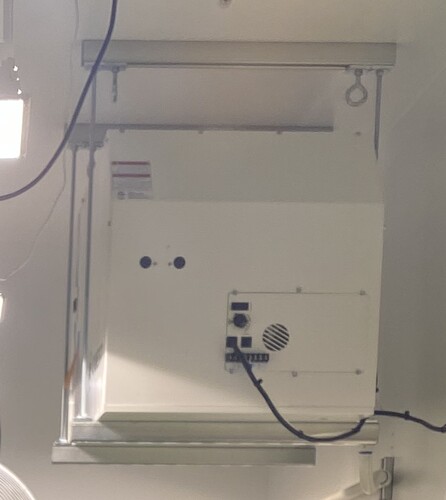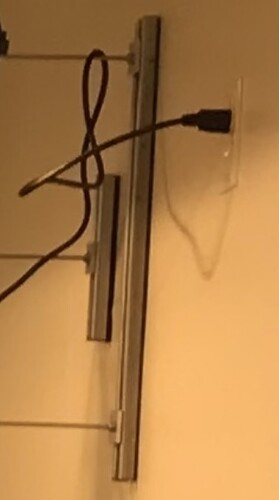I wonder if the unit I received is just a dud. Not only is it loud but it’s not performing well at all.
I’m in late flower, so my day temps in my lung room are 70’f@45% humidity and I drop temps to 64’f at night, I’m trying to bring my humidity down to 35%.
The new quest 100 is rated for 67 pints per day @75’f / 50% humidity. I had the unit set to 35%, then 25%, but my pulse meters showed the humidity fluctuating from 52-55%, almost as if you could watch the compressor kick on and off as the humidity would rise and fall. I even set it below 20 to where’s it’s just “on” and set the fan to auto but it never went below 50% and I let it run for 3-4 hours after lights out before I gave up on it. The unit was $2k
I set up my Hisense 60 pint dehumidifier I picked up from Lowe’s for $499 and it immediately started doing a better job, still bouncing from 48-52% with a set point of 35%. I’ve been using the Hisense for weeks, it’s averages 30 pints per day on low setting. It’s a 3 speed inverter unit and pulls 390-420w on low, while the quest 520w. The Hisense unit is sometimes listed as capable of 100 pints/day with a low temperature operation of 38’f
I know 64 is a lot cooler than their 75’f@50% rating, but quest lists an operational range of 56-95’f. Is it just so cold that the quest unit really just performs like shit? They list two ratings, 80’f@60% claiming 105 p/day, but it drops significantly to 67 pints/day at 75’f@50% humidity, that’s only 63% of its full capacity with only a slight change.
The room is small. Only 12x12, with only two 2x4 tents and 15 plants, I water 10 gallons every 3 days. I wanted to expand having a 4x4 and a 2x4 tent, possibly one large 4x8. I thought this quest unit would be overkill and give me plenty of buffer to expand my grow, but now I’m 99.9% sure I’m sending this thing back. Trying to decide if I should ask for a replacement or just go another route.
The sante fe oasis 105 looks like the same unit as the quest 100, but sante fe lists a rating of 65’f/60% and 67 pints/day. I know the units are manufactured by someone else and white labeled for companies like quest, sante fe, anden and aprilaire, but are they manufactured to different specifications or are they all basically the same units just sold by various companies?


